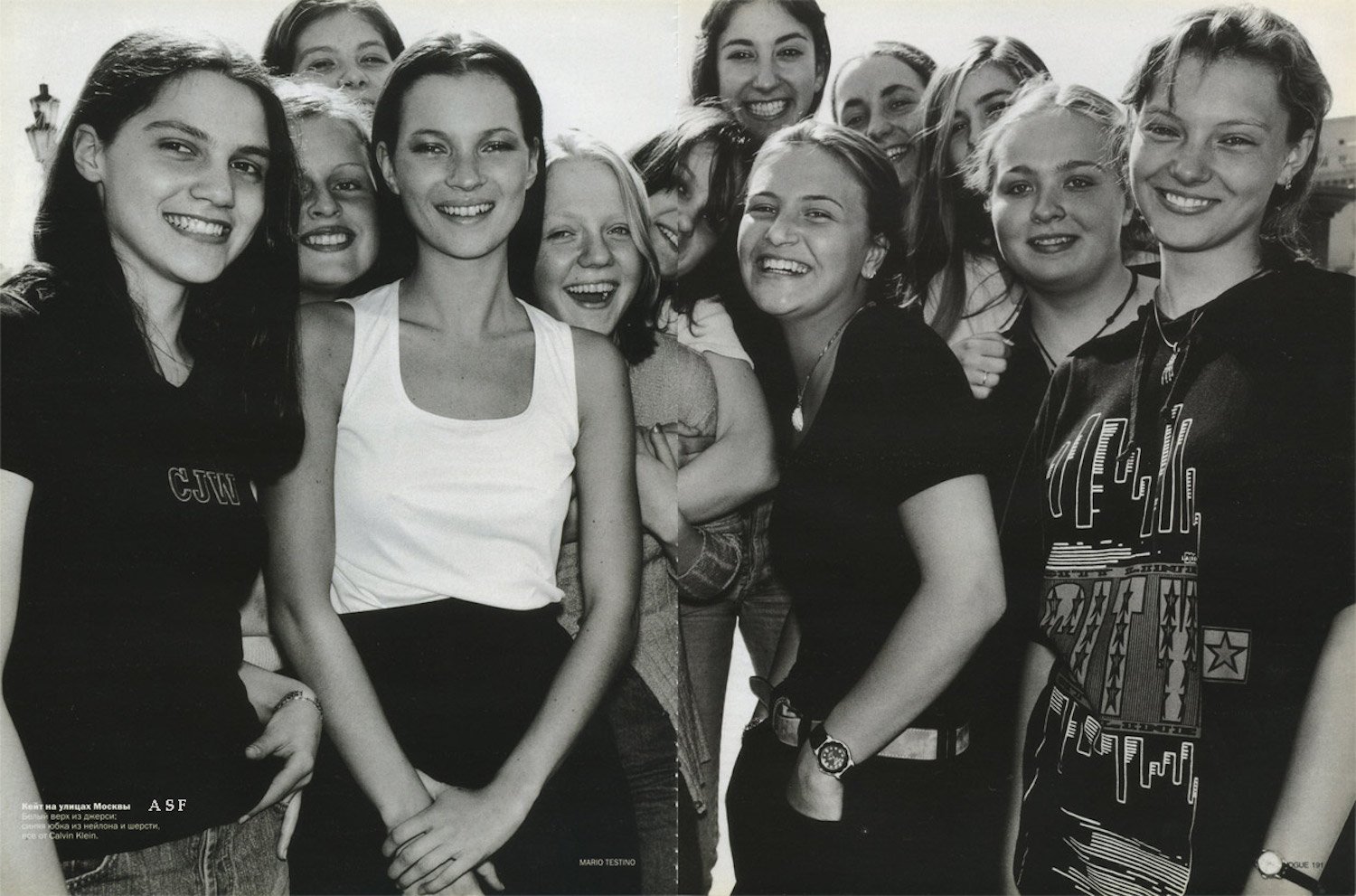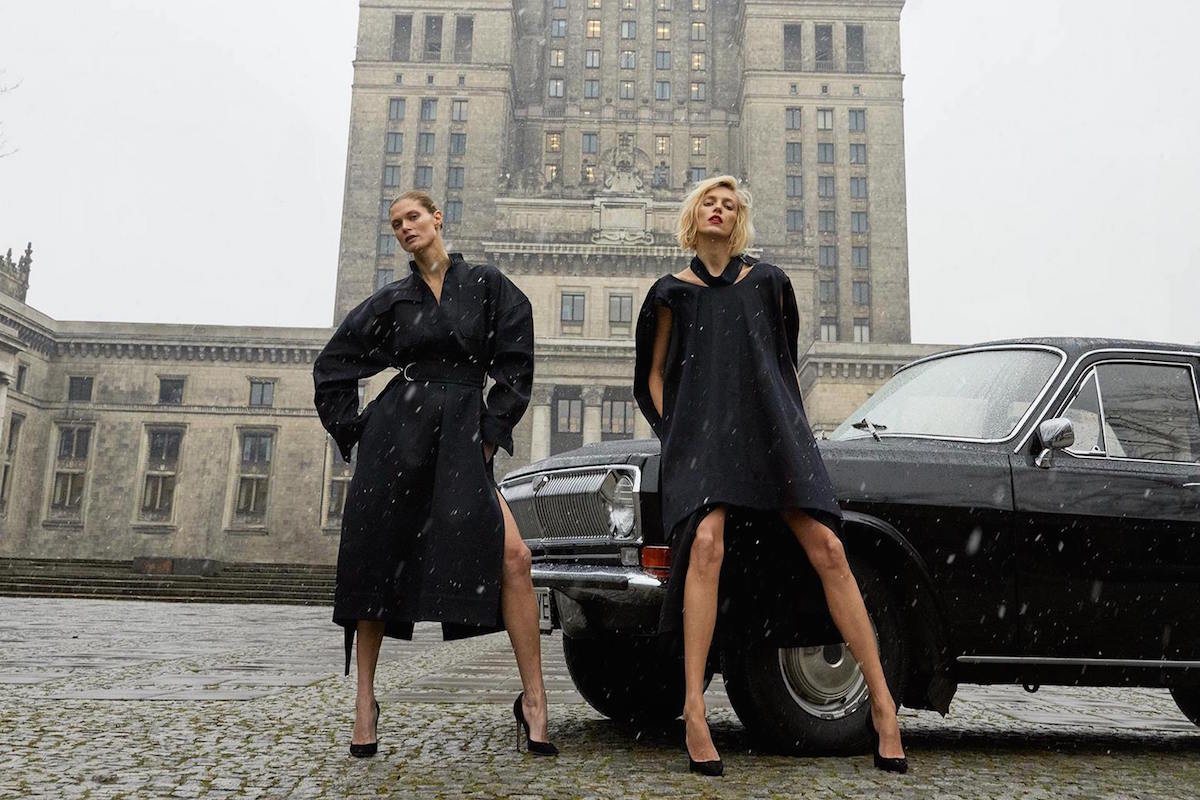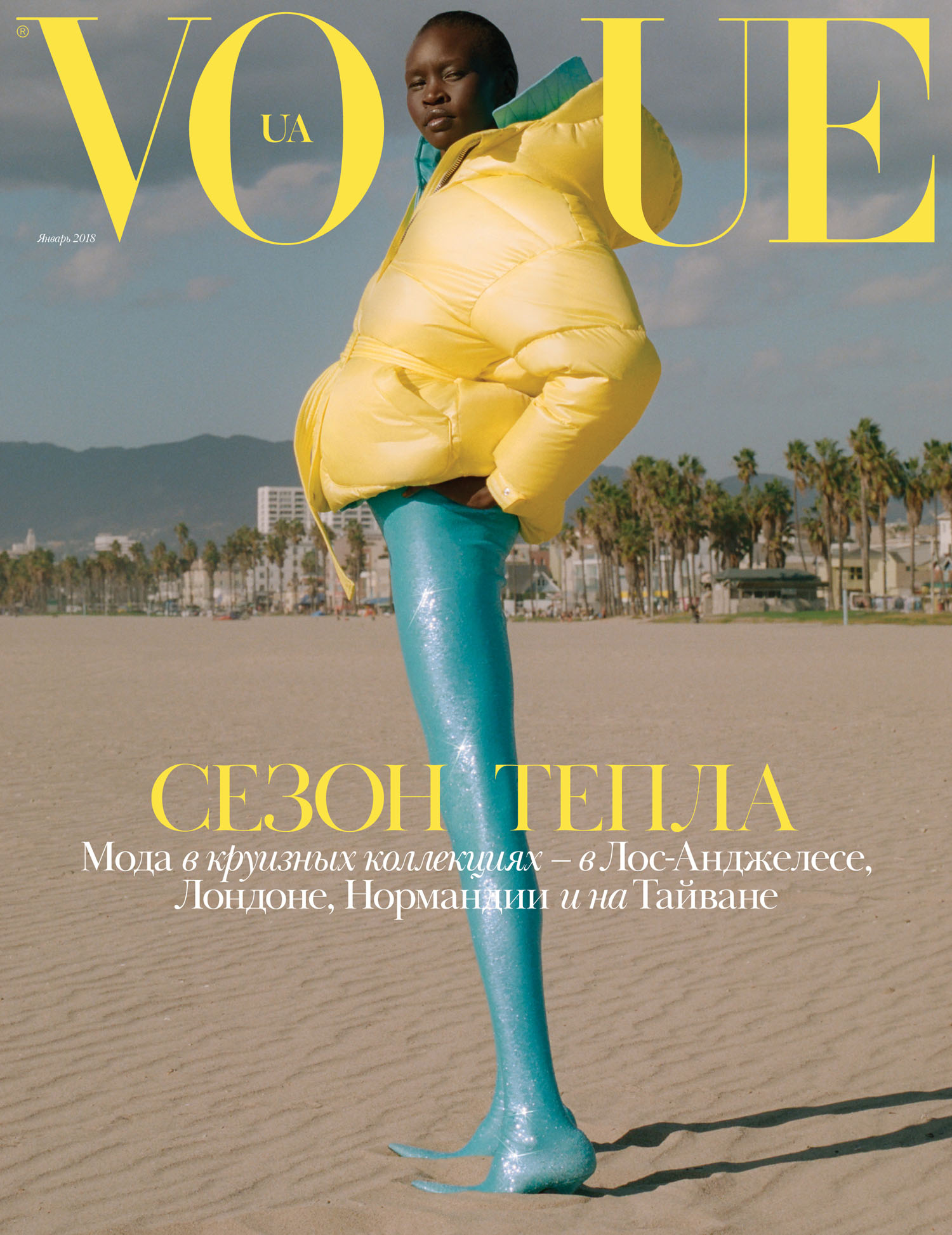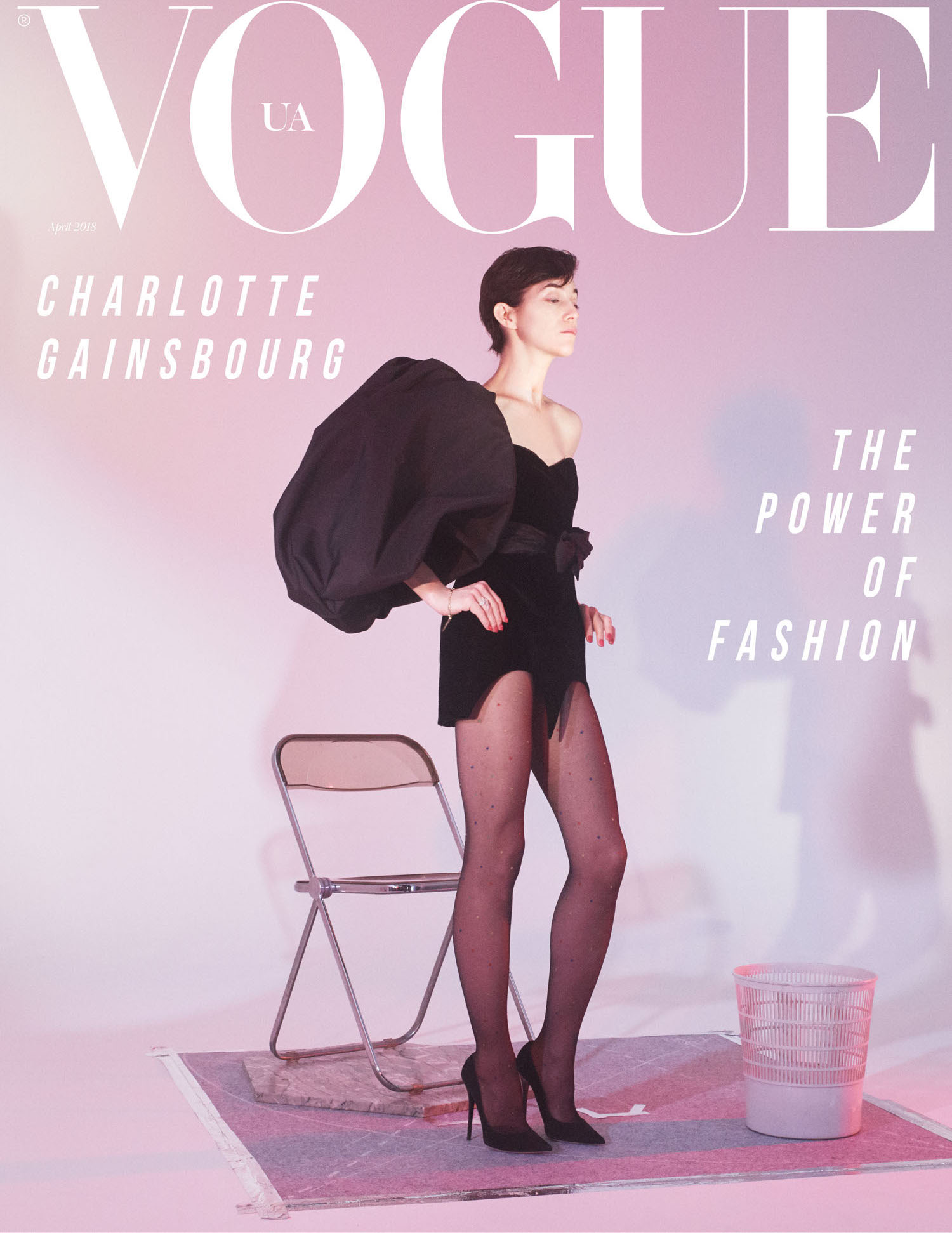Vogue Ukraine is shaping the future of fashion in Eastern Europe. What’s the secret of its success?
This year marks 20 years since Vogue first appeared in Russia. Since then, the fashion bible has launched new editions in Poland, Czechia and Slovakia, yet it’s Vogue Ukraine that’s blazing a trail
This September marked 20 years since Vogue first appeared in Russia. Since then, the fashion bible has launched new editions in Poland, Czechia and Slovakia. Yet it’s Vogue Ukraine that’s consistently blazing a trail, argues Anastasiia Fedorova.
What is the first word that comes to mind when you think of fashion? Some would say Dior, some would say Chanel, but for many across the world, it’s unequivocally Vogue. Founded in 1892 in the United States, Vogue magazine has defined the way we talk and think about fashion — not just in terms of clothing but as a part of culture, an aspirational lifestyle, a universal dream of glamour, beauty and success. For over a century, it was dubbed the fashion bible — but in today’s digital era, even Vogue has to keep up with the times.
With editions in 24 countries, each Vogue team has a way to measure their local narrative against global culture. Vogue Italia is known for its strong photographic tradition and commitment to uncovering the image-makers of today. With Edward Enniful as editor-in-chief, British Vogue is focused on projecting a more inclusive and diverse vision of the UK. The reputation of Vogue US, the influential pinnacle of the brand, lies behind the ever-present sunglasses of its the powerful editrix Anna Wintour, the woman behind the forbidding myth of the Devil Wears Prada. But what about in eastern Europe, where Vogue has been tapping into the growing market for luxury goods?
Vogue’s appearance in eastern Europe constituted something of a fashion moment. Vogue Russia launched in 1998, in the midst of an economic crisis, with Kate Moss and Amber Valletta shot in front of the Kremlin by Mario Testino. It landed in a country just dipping its toes into consumerism and luxury fashion, after decades when the only women’s publications bore names like Rabotnitsa (Worker) and Krestyanka (Peasant). There was very limited space for fashion magazines in the Soviet Union, and the women’s publications available were focused primarily on knitting, cooking and the duties of Soviet womanhood. In just a few years, Vogue Russia became a symbol of the country’s 2000s-era prosperity, the rise of a new middle class and Western cultural aspirations.
Over the last decade Conde Nasté has launched three new iterations, first in Ukraine (March, 2013), then Poland (February, 2018) and this past August in Czech Republic and Slovakia. The first edition of Vogue Poland had a cover by Juergen Teller depicting Małgorzata Bela and Anja Rubik outside Warsaw’s Stalinist-era Palace of Culture and Science. The combination of imposing architecture, murky-grey skies and a sleek black Volga car channelled “poor but sexy” Soviet chic — trendy in the West but an insult to some Poles, who were confronted with an image of a bygone era they so much wanted to forget. Vogue Czechoslovakia’s launch was no less controversial. Besides its strangely regressive name, the magazine featured Karolina Kurkova as Olga Havlová, the first lady of the Czech Republic, on a cover that many criticised as being simply unremarkable.
But it’s Vogue Ukraine which has got industry insiders talking. The August 2018 art issue had Chloe Sevigny on the cover — shot by Nan Goldin floating in dark waters, a blurred image of hard-edged glamour. For the art issue in 2016, Marfa Journal’s Alexander Gordienko photographed NYC artist Olympia Scarry. The magazine’s visuals have formed the basis of the exhibition, Ukraine in Vogue, which was on show at Kiev’s Lavra Gallery this autumn, boasting framed photographs as well as 3D-printed sculptures and experiments with augmented reality, video and animation.
Among the imagery produced during the five-year history of Vogue Ukraine, it’s the January 2018 cover which perhaps stands out the most. It features the South Sudanese-British model Alek Wek (her first-ever solo Vogue cover) shot on an LA beach by Alexander Saladrigas. Wek is wearing a voluminous yellow puffer jacket and glistering turquoise tights-boots, head-to-toe Balenciaga. The image is striking: partly due to the surreal mismatch of the outfit and the settings — palm trees and pale golden sand more suited to surfers and LA-natives on a leisurely stroll — but also because of the cutting-edge idea of beauty it projects. Vogue covers are much more than just magazine covers — they represent a reflection of current beauty ideals. With her short-cropped hair, sharp cheekbones, black skin and incredible sense of self-possession, Wek is one of the most brilliant new faces in the industry — albeit probably quite far from what an ordinary Ukrainian citizen would think of in relation to beauty and glamour.
Compared to Vogue Russia, which has relied on a brand of aspirational, overly Photoshopped, commercial imagery that remained unchanged throughout economic downturns and political confrontation with the West, Vogue Ukraine is not just edgy but radically progressive. In October, the magazine released a video project with queer musician and activist Mykki Blanco wandering around Kiev, an alien in the urban landscape with his neon green wig and pink eyelashes. The choice of Blanco shows what kind of values the magazine stands for: pro-LGBTQI+, forward-thinking, inclusive.
Meeting global industry standards and values is only one half of the story; but about reinventing your own national and regional identity? Vogue Ukraine is seemingly unmoored from Western preconceptions about the area — Soviet chic, skinny blonde models, oligarch glitz and so on. The imprint shows that in a global context it’s possible to remain authentic without othering yourself, a lesson which could be valuable for cultural professionals all across Eastern Europe.
While showcasing international artistic and fashion talent like Blanco or Gucci-endorsed artist Coco Capitain, Vogue Ukraine has also stayed loyal to a Kiev scene which has itself been gaining recognition worldwide. Those featured include designer Anton Belinskiy, alternative modelling agency Cat-b, photographer Julie Poly, artist Masha Reva, photo collective Join the Cool, photographer and artist duo of brothers Nikita and Taras Sereda among others. This is a different story to Russia: the success of designer Gosha Rubchinskiy and the rise of the so-called “post-Soviet aesthetic” saw many young Russian photographers published in the likes of Dazed, i-D, Metal and other international publications, while remaining conspicuous by their absence in Russian Vogue.
Today, the fashion images created in territories perceived as “peripheries” share the same space as editorials from cutting-edge international publications. On the one hand it’s a challenge, with the resources and budget for the likes of Vogue Ukraine often dwarfed by its wealthier and more dominant global counterparts in the US and beyond. On the other, it presents an opportunity, not only to garner the attention of a new, international audience, but to challenge the concept of the periphery altogether. The case of Vogue Ukraine makes one thing clear: in a context devoid of recent fashion history, you have to make your own history — stick to global standards, champion local creativity and invest in future generations.













